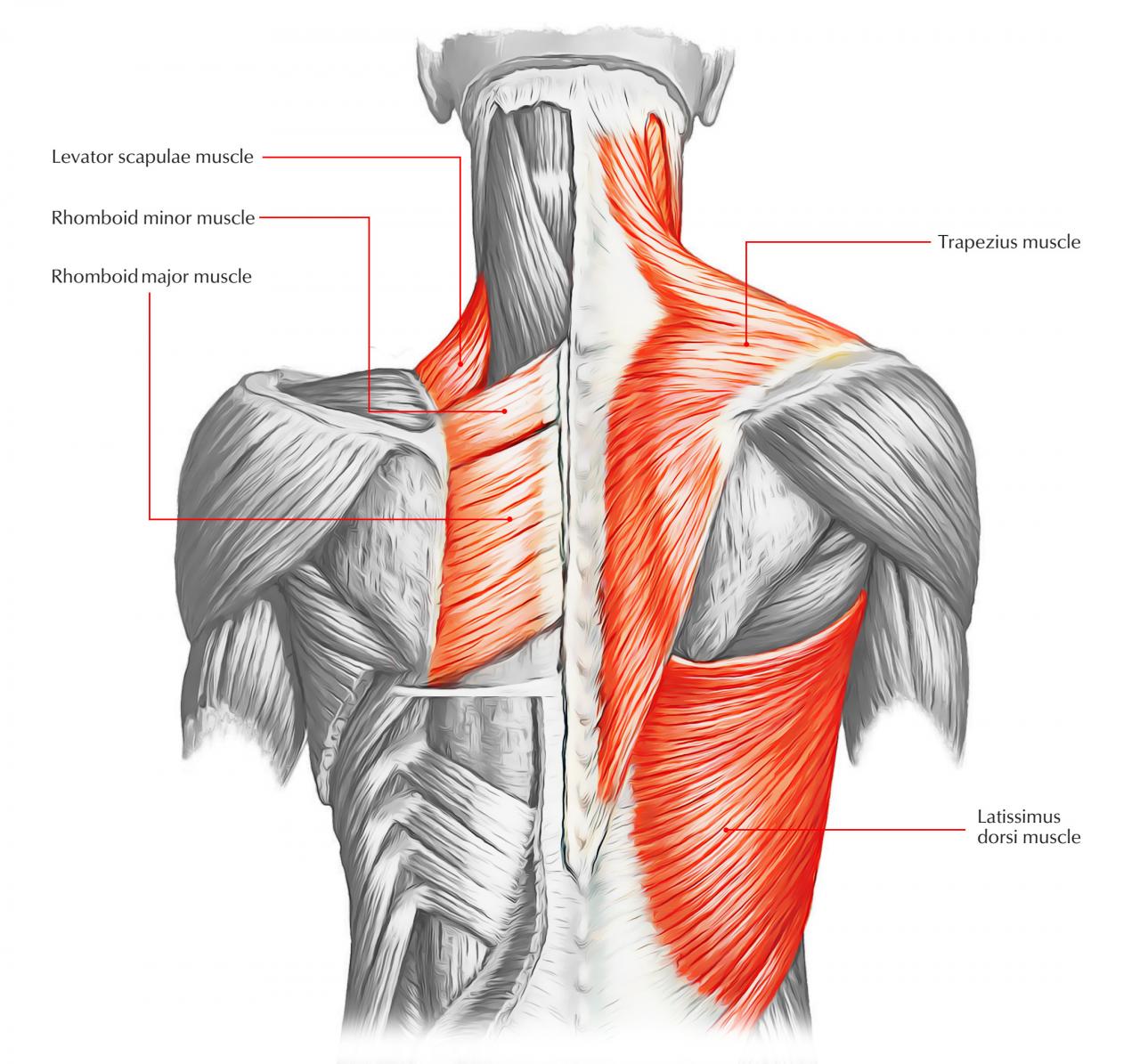
Have you ever experienced a sudden, painful muscle spasm in your back? This common issue is the leading cause of back pain and can be significantly debilitating. Luckily, a regimen of targeted back exercises can fortify the muscles supporting your spine, relieving and preventing pain.
The back is composed of several muscles, including the erector spinae, which originates from the iliac crest, sacrum, transverse and spinous processes of vertebrae, and the supraspinal ligament. This muscle group plays a pivotal role in helping you maintain an upright posture. For detailed anatomical information on the erector spinae and other back muscles, visit this anatomy table.
Core muscles are vital for supporting the back. In the abdomen, these include the long rectus abdominis muscles, the external and internal obliques, and the transversus abdominis, a wide, flat girdle that also helps stabilize your spine. Learn more about core muscles and their significance for older adults at Harvard Health.
Your back possesses three natural curves: a cervical curve in the neck, a thoracic curve in the upper back, and a lumbar curve in the lower back. Maintaining the proper alignment of these curves is essential for balanced body weight distribution and overall spinal health. Discover more about posture and back health from Harvard Health.
Stretching is a crucial component for anyone suffering from back problems. Well-stretched, supple muscles are less susceptible to injury, and increased flexibility in muscles and connective tissues can prevent sprains and strains. For stretching and strengthening tips, visit Harvard Health.
The paradigm for back pain treatment has shifted recently, with increased emphasis on exercise to strengthen back-supporting muscles. For a comprehensive guide on back pain solutions, check out this special health report from Harvard Health.
Yoga can be particularly beneficial for relieving low back pain by strengthening muscles like the paraspinal muscles, multifidus muscles, and the transversus abdominis. Find out the safe way to do yoga for back pain at Harvard Health.
Bed rest, once a common treatment for back pain, is no longer recommended as it can lead to muscle stiffness. Keeping active is now seen as a better alternative, although, in cases of severe pain, bed rest can still provide relief. Explore home remedies for low back pain at Harvard Health.
In conclusion, regular back exercises and stretches, along with an active lifestyle, can significantly contribute to a stronger back and a reduction in pain. Incorporate these practices into your routine for a healthier, more comfortable life.


